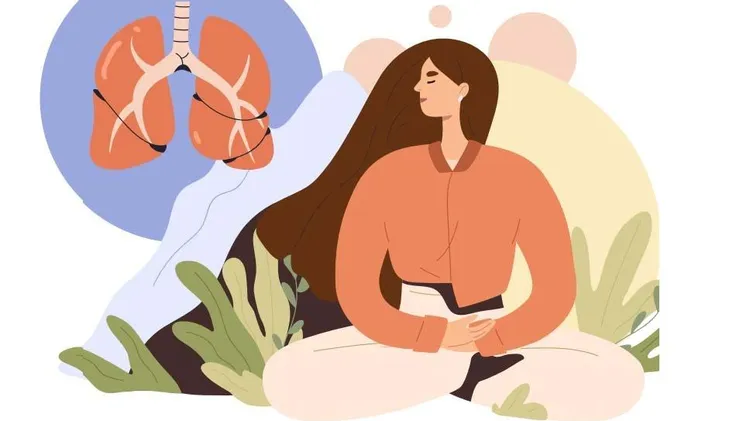We’re a nation of inefficient breathers: many of us are mouth breathing, othe
And breathe…
9 min read
This article is from...
Read this article and 8000+ more magazines and newspapers on Readly






